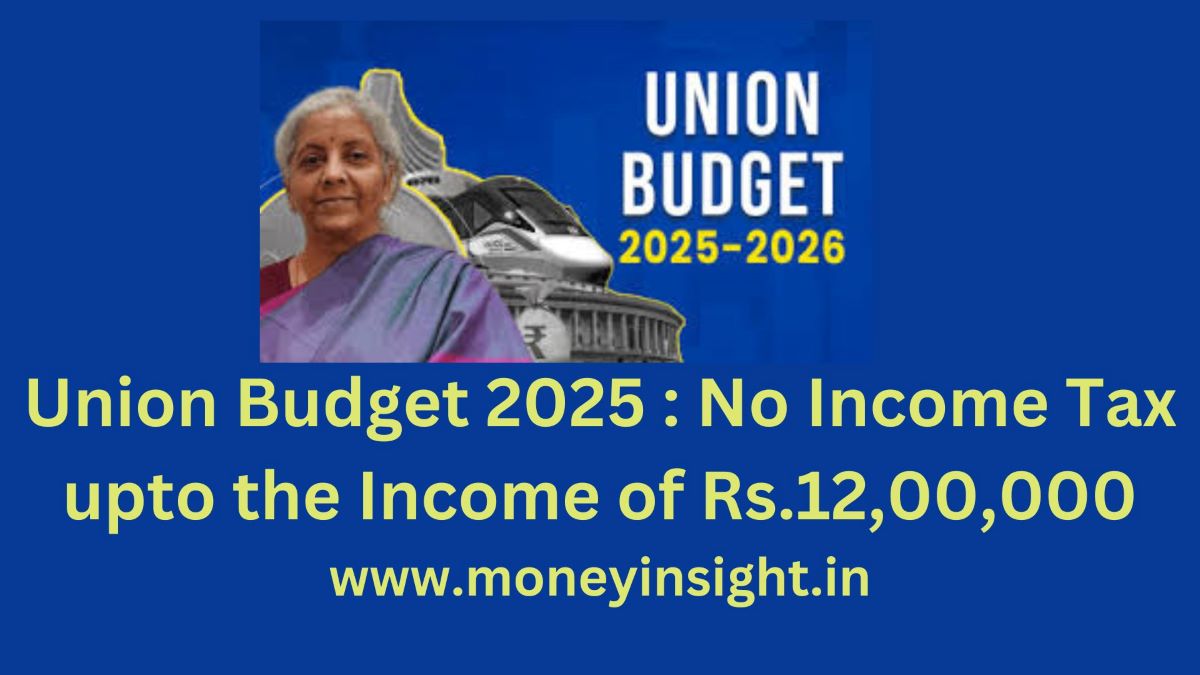In the Union Budget for the fiscal year 2025-26, presented on February 1, 2025, Finance Minister Nirmala Sitharaman announced a significant reform in personal income tax to bolster middle-class spending and stimulate economic growth. The government has raised the non-taxable income threshold to ₹12,00,000 per annum, providing substantial relief to taxpayers.
Revised Income Tax Structure
Under the new tax regime, the income tax slabs have been adjusted to offer more relief to individual taxpayers. The updated tax rates are as follows:
- Income up to ₹1.2 million: No tax
- Income from ₹1.2 million to ₹1.5 million: 5%
- Income from ₹1.5 million to ₹2 million: 10%
- Income from ₹2 million to ₹2.5 million: 15%
- Income from ₹2.5 million to ₹3 million: 20%
- Income above ₹3 million: 30%
This restructuring aims to increase disposable income for the middle class, thereby encouraging higher consumer spending.
Economic Rationale
The decision to raise the tax exemption limit is part of a broader strategy to invigorate the economy amid concerns of slowing growth and high food inflation. By enhancing the spending power of the middle class, the government anticipates a boost in consumption, which is a critical driver of economic activity. This move is expected to stimulate demand across various sectors, leading to increased production and job creation.
Fiscal Implications
While the tax relief measures are projected to result in a revenue loss of approximately ₹1 trillion, the government plans to offset this through increased revenue mobilization and a moderate rise in capital spending. The fiscal deficit target has been set at 4.4% of GDP, with plans to borrow ₹14.82 trillion through bonds to fund the deficit. This approach reflects a balance between providing immediate economic stimulus and maintaining fiscal prudence.
Additional Measures
Beyond the changes in income tax, the budget includes several initiatives aimed at fostering inclusive development and encouraging private investment:
- Support for Agriculture: Enhanced allocations to boost agricultural output and support farmers.
- Manufacturing and Infrastructure: Increased capital outlays to strengthen infrastructure and promote manufacturing.
- Financial Services: Proposal to raise the foreign direct investment limit in the insurance sector to 100%, aiming to attract more foreign capital.
These measures are designed to create a conducive environment for sustainable economic growth and job creation, aligning with India’s longer-term economic objectives.
Public Reception
The budget has elicited mixed reactions from various stakeholders. While the tax reforms have been lauded for providing relief to the middle class, some sectors have expressed concerns over the lack of targeted support. For instance, the affordable housing sector noted the absence of specific announcements addressing its challenges. Conversely, the startup community welcomed the creation of a significant fund to support innovation and entrepreneurship.
Conclusion
The Union Budget 2025-26 marks a pivotal step in India’s economic policy, with the substantial increase in the income tax exemption limit underscoring the government’s commitment to empowering the middle class and stimulating economic growth. While the immediate fiscal implications pose challenges, the strategic focus on enhancing consumption and investment is poised to yield long-term benefits for the Indian economy.
Read Also:
Read Also:
How to make maximum profit with minimum investment from the Stock Market ? – MoneyInsight
Also Read :
How to make money from share market? (indiatimes.com)
Visit our Website regularly for more such Educational Research Articles:

